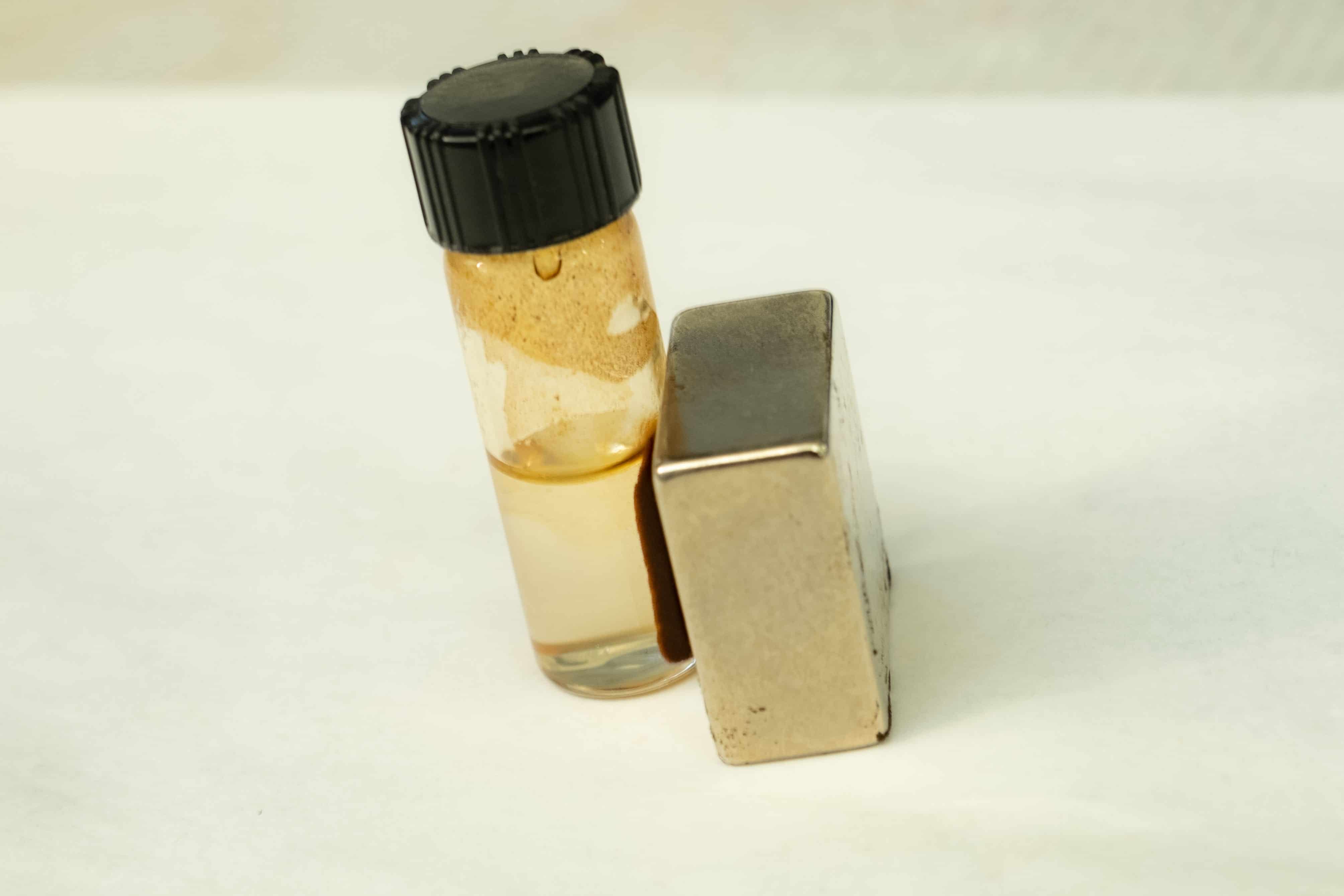Magnetic nanoparticles pull oil from well production water
Researchers from Rice University have used magnetic nanoparticles to separate the last drops of oil from the production water that results from hydrocarbon extraction.

Oil production can be water-intensive, especially when fracking is used to force the oil to the surface. Under pressure, and with the additional presence of soapy surfactants that can lower the surface tension of chemicals, oil and water mix to form an emulsion. Though techniques exist to separate most of the oil from this ‘produced water’, the last five per cent tends to be particularly stubborn and virtually impossible to recover. Now, however, the Rice team claims it can reliably remove over 99 per cent of emulsified oil using a magnetic particle solution that binds to the oil.
“Injected chemicals and natural surfactants in crude oil can oftentimes chemically stabilise the oil-water interface, leading to small droplets of oil in water which are challenging to break up,” said Sibani Lisa Biswal, an associate professor of chemical and biomolecular engineering and of materials science and nanoengineering at Rice.
Register now to continue reading
Thanks for visiting The Engineer. You’ve now reached your monthly limit of news stories. Register for free to unlock unlimited access to all of our news coverage, as well as premium content including opinion, in-depth features and special reports.
Benefits of registering
-
In-depth insights and coverage of key emerging trends
-
Unrestricted access to special reports throughout the year
-
Daily technology news delivered straight to your inbox










WildFusion helps robot traverse difficult terrain
Son of Daleks? can they climb stairs?